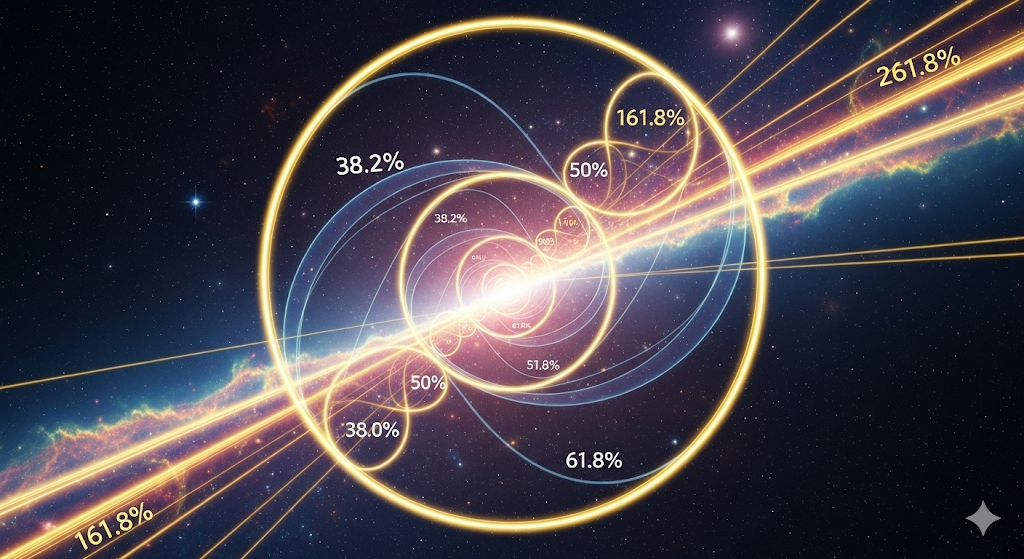What is a Moving Average (MA) Anyway?
Imagine a moving average (MA) as the financial market’s equivalent of a barista smoothing out the bumps in your latte art. In trading terms, an MA averages out the prices over a specific period to create a smooth line, filtering out the daily noise and revealing the trend’s true flavor.
Improving the Traditional Moving Average with Volatility and Momentum
Now, let’s jazz up our latte by blending in some fancy ingredients: volatility and momentum. Traditional MAs are great but can be slow to react to sudden market changes. By incorporating volatility (how much the price swings) and momentum (the speed of price changes), we can create a dynamic and more responsive MA. Let’s call it Volatility-Momentum Moving Average or VolMo MA for short – catchy, don’t you think?
Leveling- Up the Traditional MA to VolMo MA
- Calculate Volatility: Use the Average True Range (ATR) to measure market volatility. ATR shows the average range between high and low prices over a given period.
- Determine Momentum: Utilize the Relative Strength Index (RSI) to gauge the momentum. RSI measures the speed and change of price movements.
- Adjust the MA: Modify the traditional MA by weighting it based on volatility and momentum. When volatility is high, the MA reacts faster. When momentum is strong, it adjusts more swiftly.
Applying VolMo MA to NASDAQ 100 Futures (NQ)
- Calculate the 14-day ATR and RSI for NQ.
- Adjust the weight of the MA based on the ATR and RSI values. If ATR is high, give more weight to recent prices. If RSI indicates strong momentum, make the MA more sensitive.
- Plot the VolMo MA on your TradingView chart and compare it with the traditional MA to see the difference in responsiveness.
TradingView/Pine Script Indicator for VolMo MA
Here’s how you can code this in Pine Script:
//@version=5
indicator("NEXT Volatility-Momentum Moving Average (VolMo Ma)", shorttitle="VolMo MA", overlay=true)
length = input.int(14, title="Length")
src = input(close, title="Source")
// Calculate ATR and RSI
atr = ta.atr(length)
rsi = ta.rsi(src, length)
ma_length = length
// Define short, medium, and long EMAs
short_ema = ta.ema(src, ma_length / 2)
medium_ema = ta.ema(src, ma_length)
long_ema = ta.ema(src, ma_length * 2)
// Weighting factors based on ATR and RSI
volatility_factor = atr / ta.sma(atr, length)
momentum_factor = rsi / 50
// Blend EMAs based on volatility and momentum
enhanced_ema = (short_ema * volatility_factor * momentum_factor + medium_ema * (1 - volatility_factor) * momentum_factor + long_ema * (1 - momentum_factor)) / (volatility_factor * momentum_factor + (1 - volatility_factor) * momentum_factor + (1 - momentum_factor))
// Plot the Enhanced MA and Traditional MA for comparison
plot(enhanced_ema, color=color.blue, title="Enhanced MA")
plot(ta.ema(src, ma_length), color=color.red, title="Traditional MA")VolMo MA Strategy
//@version=5
strategy("Enhanced MA Strategy", overlay=true)
length = input.int(14, title="Length")
src = input(close, title="Source")
// Calculate ATR and RSI
atr = ta.atr(length)
rsi = ta.rsi(src, length)
ma_length = length
// Adjust length based on volatility and momentum
adjusted_length = ma_length / ((atr / ta.sma(atr, length)) * (rsi / 50))
// Calculate the Enhanced Moving Average
ema_plus = ta.ema(src, math.round(adjusted_length))
// Buy Signal: When price crosses above the Enhanced MA
if (ta.crossover(src, ema_plus))
strategy.entry("Buy", strategy.long)
// Sell Signal: When price crosses below the Enhanced MA
if (ta.crossunder(src, ema_plus))
strategy.entry("Sell", strategy.short)
plot(ema_plus, color=color.blue, title="Enhanced MA")
plot(ta.ema(src, ma_length), color=color.red, title="Traditional MA")
Download from TradingView
We published an even more advanced version of VolMo MA indicator on Tradingview – it incorporates an extra input (Sensitivity) that lets the user control the magnitude of the Volatility-Momentum adjustment within the moving average.
Wrapping Up with a Real-World Example
Let’s say we’re applying this to NASDAQ 100 futures (NQ). We see that the ATR spikes, indicating increased volatility, and the RSI climbs, showing strong momentum. Our enhanced MA dynamically shortens its period, making it more sensitive. This allows us to capture trends earlier than a traditional MA, potentially leading to more timely entry and exit points.
So, next time you sip on your latte, think of our enhanced MA as that extra shot of espresso – giving you the edge to stay sharp in the fast-paced trading world. Cheers!





